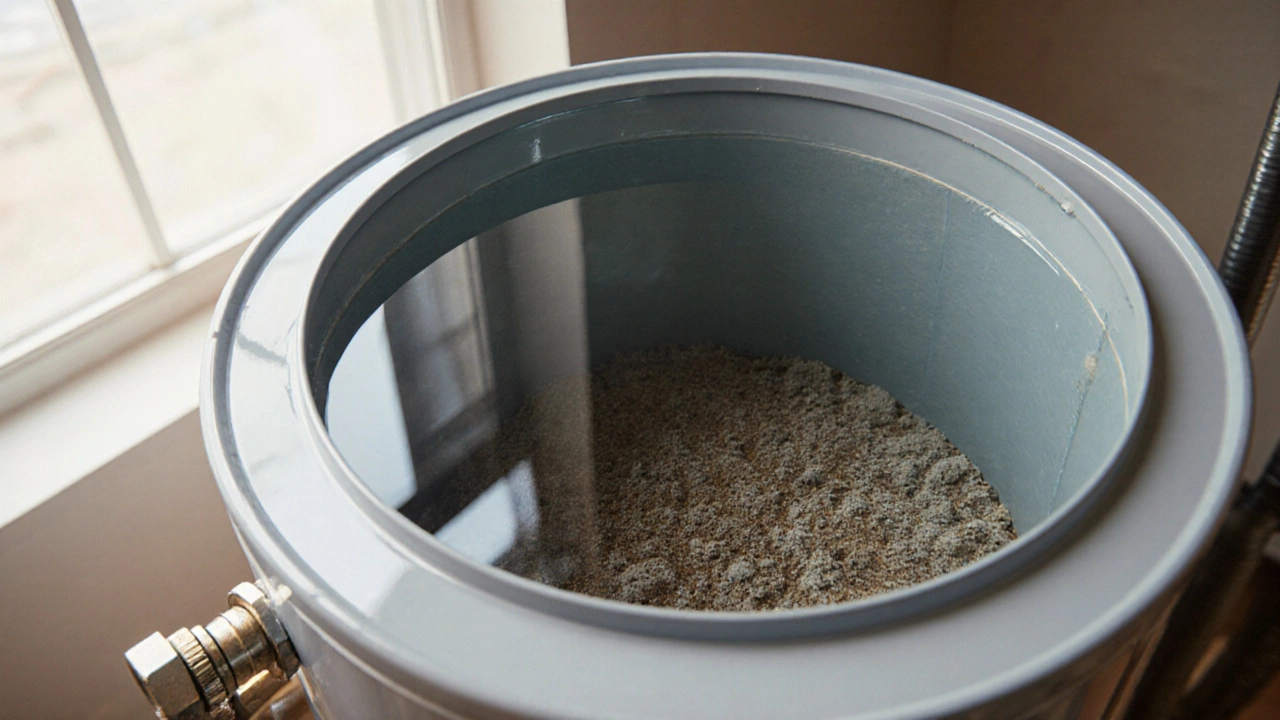How Often to Flush a Water Heater
When working with water heater flushing, the procedure of clearing out mineral deposits and rust from a hot‑water storage tank. Also known as tank cleaning, it helps your water heater stay efficient, cuts down sediment buildup, and fits into a regular maintenance schedule.
Why does this matter? Sediment acts like a blanket between the heating element and the water, so flush water heater frequency directly influences heating efficiency. In hard‑water areas, mineral layers can grow a quarter inch thick in just a year, forcing the thermostat to work harder and raising energy bills. In softer water zones, the growth is slower, but the principle stays the same: less sediment equals less energy waste and a longer‑lasting hot water system.
Typical Flush Intervals by Water Quality
Most manufacturers recommend a flush every 12 months for average water conditions. If you have hard water, aim for every 6 months; a simple test strip can tell you if minerals are high. For locations with soft or treated water, a 2‑year interval is usually sufficient. These intervals form a semantic triple: "hard water" → "requires" → "more frequent flushing". Adjust the schedule based on visible signs such as noisy operation, longer heating times, or reduced hot water flow.
Another key entity is the maintenance schedule. Integrating a flush into your annual home‑service checklist ensures you never forget. Pair it with other tasks like checking the pressure‑relief valve and testing the thermostat. This creates the connection: "maintenance schedule" encompasses "flushing", "valve inspection", and "thermostat testing".
Tools you’ll need are minimal: a garden hose with a standard ½‑inch fitting, a bucket, and possibly a pipe wrench. Turn off the power or gas, close the cold‑water inlet, and open a drain valve at the bottom of the tank. Let the water flow until it runs clear, then close the valve, reopen the inlet, and restore power. The entire process takes about 30 minutes for most residential units.
Skipping the flush can lead to three common problems: reduced hot‑water output, higher utility costs, and premature tank failure. Sediment can also cause the TPR (temperature‑pressure relief) valve to leak, creating a safety hazard. By keeping sediment low, you also protect the internal linings, which are often coated with glass‑enamel that degrades when constantly exposed to gritty particles.
For tankless water heaters, the principle is the same but the interval may be shorter because the heat exchanger is smaller and more prone to clogging. Many experts suggest a flush every 6 months for tankless units, especially in commercial settings. This illustrates another semantic triple: "tankless water heater" → "requires" → "more frequent flushing".
In summary, the right flush frequency hinges on water hardness, system type, and observed performance. Most homeowners find a 12‑month schedule works well, adjusting up or down as needed. Keeping a simple log in your home‑maintenance notebook can help you track dates and any symptoms you notice. Below you’ll find a curated selection of articles that dive deeper into troubleshooting, cost estimates, DIY guides, and professional service considerations—all centered around getting the most out of your water heater.
Optimal Water Heater Flushing Frequency: Keep Your Hot Water Efficient
0 Comments
Learn the ideal water heater flushing schedule, step‑by‑step guide, signs of sediment buildup, and maintenance tips to keep hot water efficient and durable.
Read More